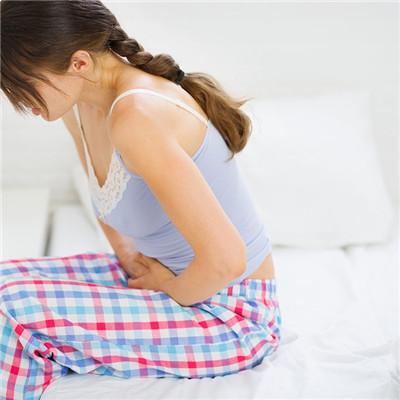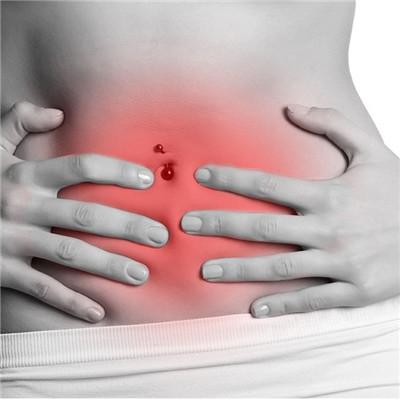Symptoms of small bowel Crohn's disease?
summary
Crohn's disease is a kind of intestinal inflammatory disease with unknown causes. It can occur in any part of the gastrointestinal tract, but it mainly occurs in the terminal ileum and right colon. This disease and chronic nonspecific ulcerative colitis are collectively referred to as inflammatory bowel disease (IBD). Symptoms of small bowel Crohn's disease? Let's talk about it.
Symptoms of small bowel Crohn's disease?
1. Digestive system manifestations (1) abdominal pain is located in the right lower abdomen or around the umbilicus, showing spasmodic pain, intermittent attacks, accompanied by bowel sounds, aggravating after meals, and alleviating after defecation. If abdominal pain is persistent and tenderness is obvious, it indicates that inflammation spreads to peritoneum or abdominal cavity, forming abscess. Severe abdominal pain and abdominal muscle tension may be caused by acute perforation of the diseased intestinal segment( 2) Diarrhea is caused by inflammatory exudation, peristalsis and secondary malabsorption of the diseased intestinal segment. At the beginning of intermittent attack, later for continuous paste stool, no pus or mucus. If the lesion involves the lower colon or rectum, there may be mucus, bloody stool and a sense of urgency( 3) The most common abdominal mass is in the right lower abdomen and around the umbilicus, which is caused by intestinal adhesion, thickening of intestinal wall and mesentery, enlargement of mesenteric lymph nodes, internal fistula or local abscess( 4) Fistula formation is one of the clinical features of Crohn's disease. Through the whole layer of intestinal wall to extraintestinal tissues or organs, a fistula is formed. Internal fistula can lead to other intestinal segments, mesentery, bladder, ureter, vagina, retroperitoneum, etc. The external fistula leads to the abdominal wall or perianal skin( 5) Perianorectal lesions in a few patients with anal, perirectal fistula, abscess formation, anal fissure and other lesions.

2. Systemic manifestations (1) fever is caused by intestinal inflammatory activity or secondary infection. It is often intermittent low fever or moderate fever, and a few are flaccid fever with toxemia( 2) Nutritional disorders are caused by anorexia, chronic diarrhea and chronic wasting diseases, such as emaciation, anemia, hypoproteinemia, vitamin deficiency, calcium deficiency, osteoporosis, etc( 3) The acute attack period has the water, the electrolyte, the acid-base balance disorder.

3. Extraintestinal manifestations some patients have iridocyclitis, uveitis, clubbing finger, arthritis, erythema nodosum gangrenous pyoderma, oral mucosal ulcer, chronic hepatitis, pericholangitis, sclerosing cholangitis, and occasionally amyloidosis or thromboembolic diseases.

matters needing attention
Most of the patients recurred near the anastomosis after operation. The recommended prophylactic medication started 2 weeks after operation and lasted for no less than 3 years. The recurrence rate is high and should be followed up.













